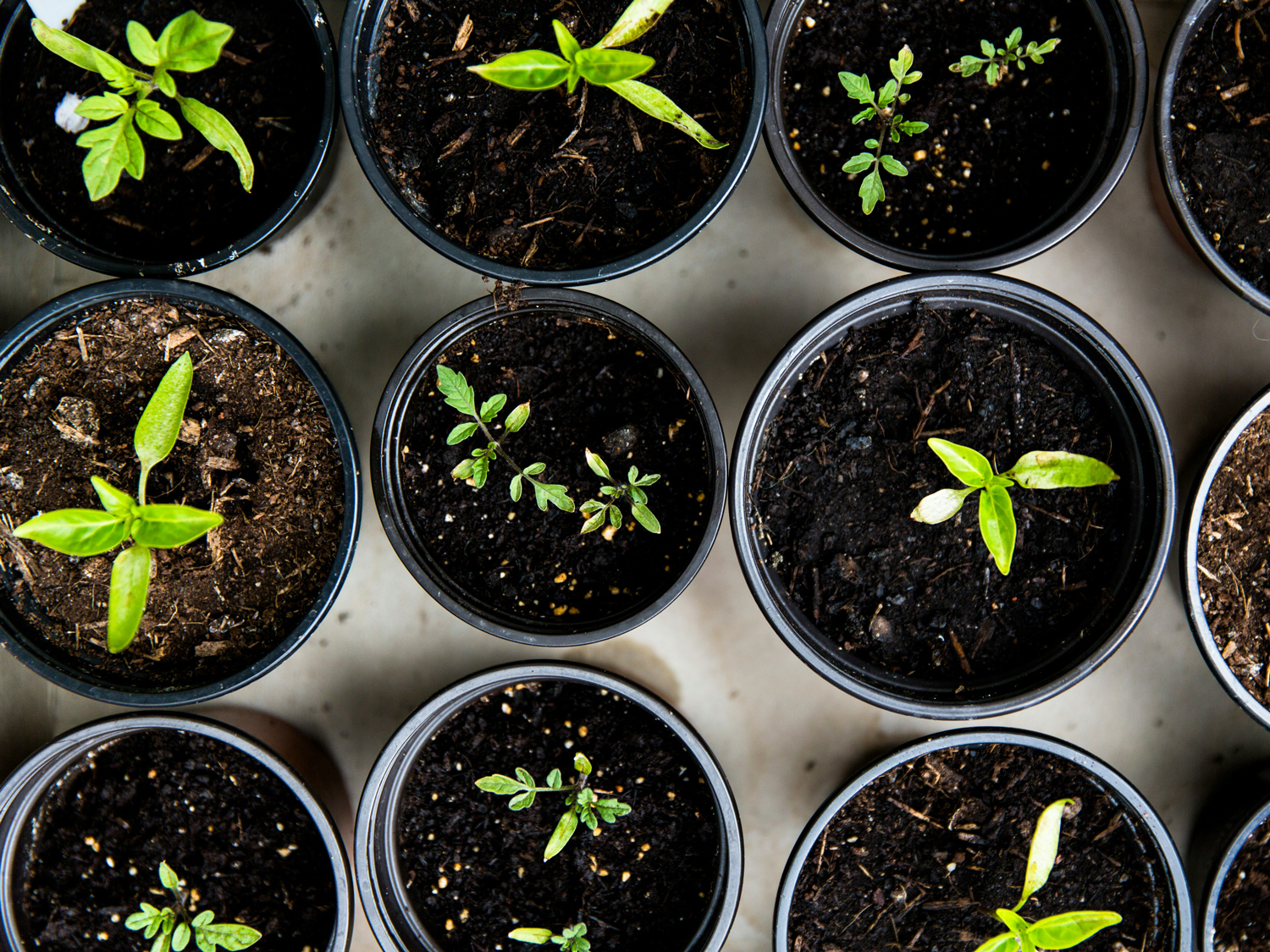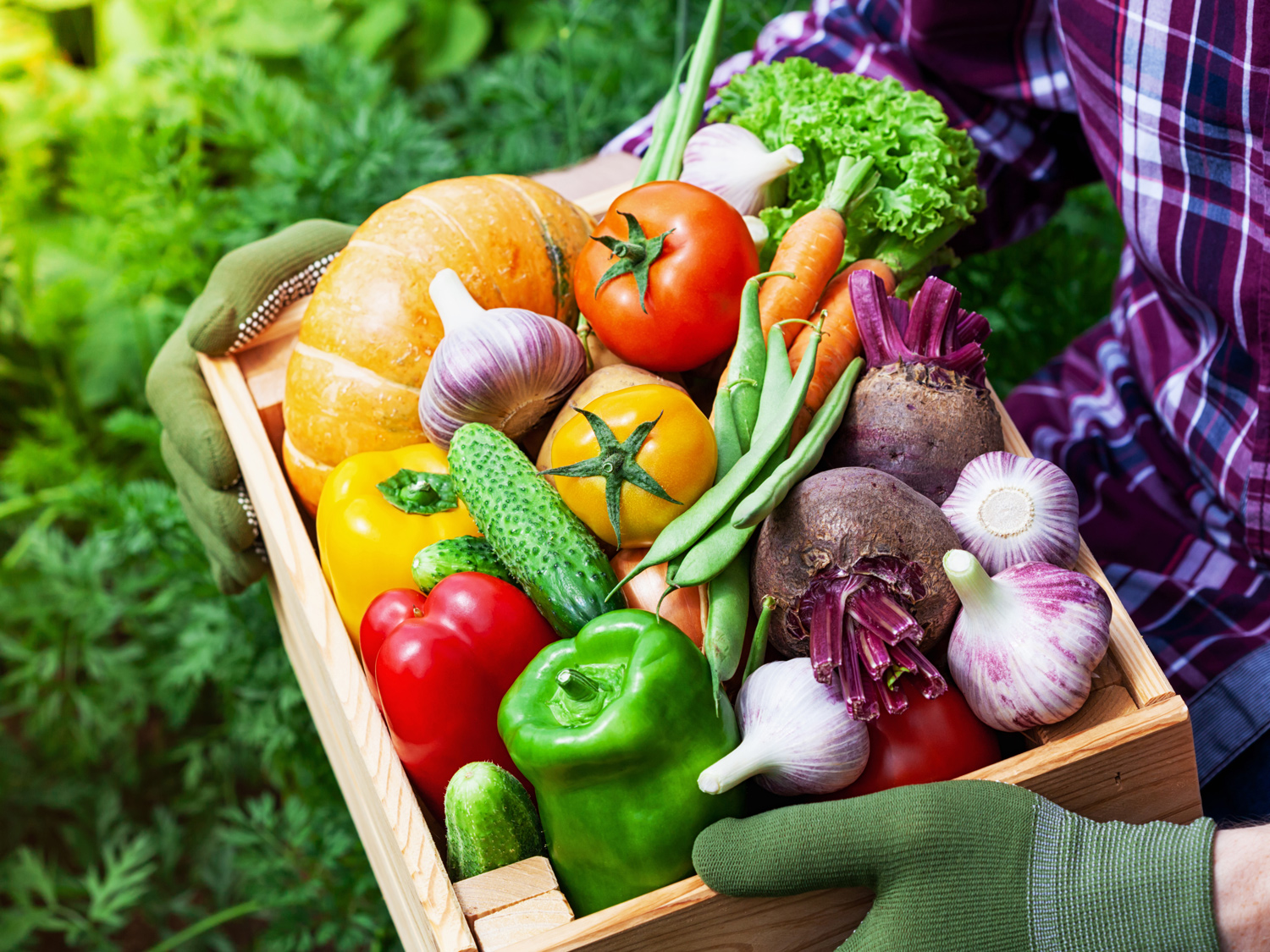Brassica, Kale, Tuscan Baby Leaf ~ 225 seeds


- Sun Preference
- Full-Sun
Description
A great variety for containers!
Imported from Italy, Renee's Tuscan kale strain is the fastest growing and best tasting for baby leaf salads. Easily grown by the “cut and come again” method, seeds are sown thickly, then cut as needed when just 4 to 5 inches tall, leaving the crowns to regrow for multiple additional harvests. Baby leaf kale has a much more tender texture and milder sweet flavor than mature kale and makes a wonderful fresh salad.
Seed Starting Successfully
Start your garden from scratch with Gertens' wide variety of seed packets! Whether you're a seasoned gardener or just starting out, we have seeds for every skill level and garden size. From colorful flowers to delicious vegetables, our seeds are carefully selected for their quality and performance.
Details
Plant In: February - September
Sun/Shade: Full sun
Planting Depth: 1/4 inch
Space Seeds: 1 inch
Days to Germinate: 5 - 10 days
Days to First Harvest: Approx. 25
BEST TO START DIRECTLY OUTDOORS
Beginning in early spring, sow seeds in finely worked soil in full sun. Shake seeds loosely from your hand, broadcasting about 1 inch apart over the entire seedbed or in wide rows, and cover lightly and evenly with 1/4 inch of fine soil. Firm soil gently and water in with a fine spray, then keep seedbed evenly moist. Make successive sowings every 3 weeks until summer weather turns really hot for a constant supply. Plant again in late summer for fall harvesting.
GROWING NOTES
For best flavor, kale needs consistent moisture and mild weather conditions. Birds love tender young kale seedlings, so protect them as necessary with netting or floating row covers. This attractive edible will also grow well in pots at least 18 to 20 inches across to snip as needed for salads or stir-fry.
HARVEST AND USE
To harvest by the “cut and come again” method: when plants are 4 to 5 inches tall, cut as much as you need, by using scissors to shear off leaves 1 to 2 inches above the soil level. Water well and fertilize lightly and plants will regrow for several more cuttings. These tasty and highly nutritious leaves are delicious used as fresh salads, especially with a handful of chopped nuts and fruit like apples or pears. Or stir-fry very quickly for healthy quick greens.
More Information
| Brand | Renee's Garden |
|---|---|
| Seed Packet Type | Vegetables |
| Common Family Name | Kale |
| Sun Preference | Full-Sun |
| Deer Resistant | No |
| Harvest Time | Spring, Fall |
| Plant Life Cycle | Annual |
| Mature Height (Range) | 0" - 6" |
| Spacing in Row | 1" |
| Planting Depth | 1/4" |
| Days to Germination | 5-10 days |
| Days to Maturity | 25 days |


